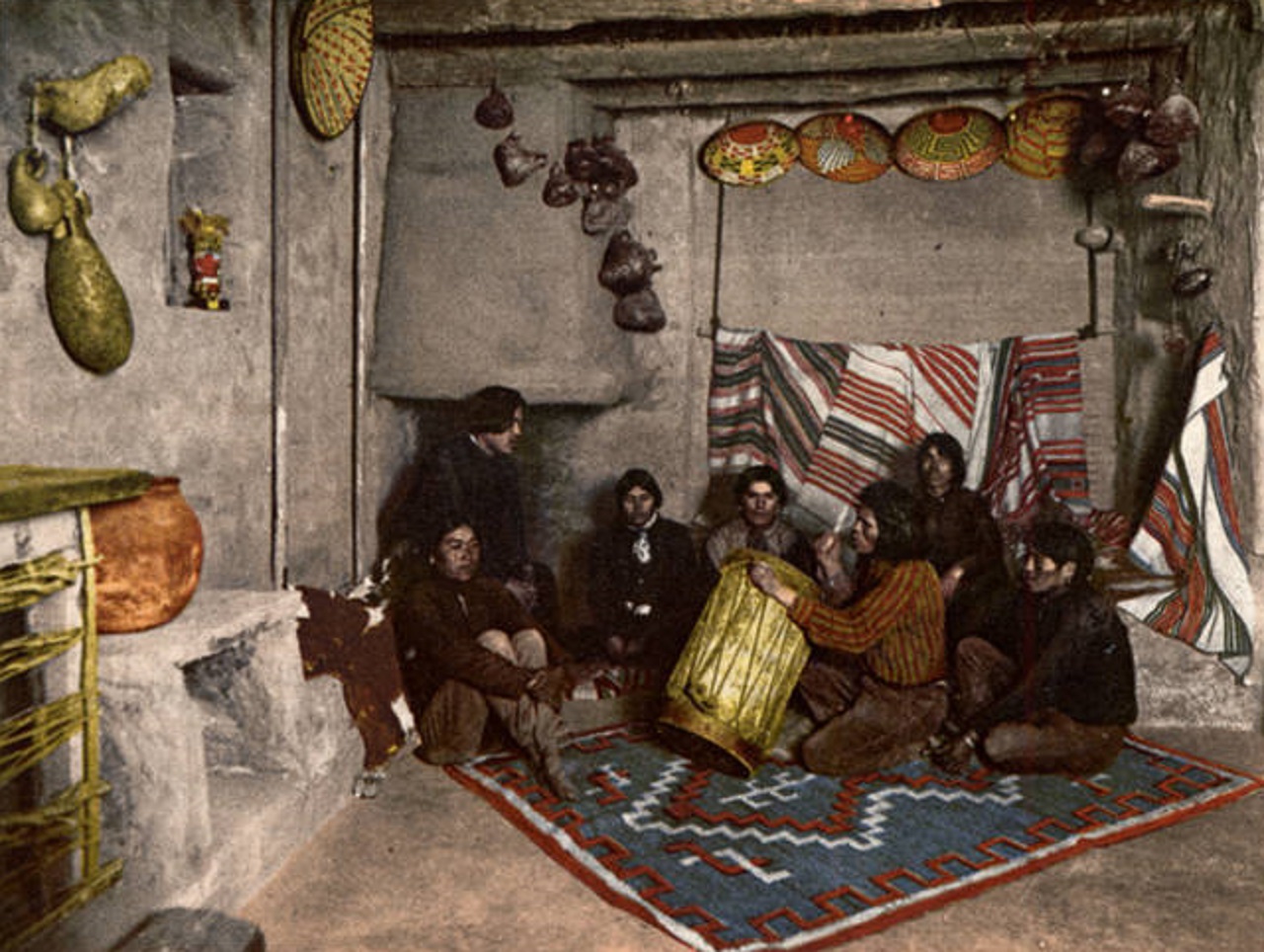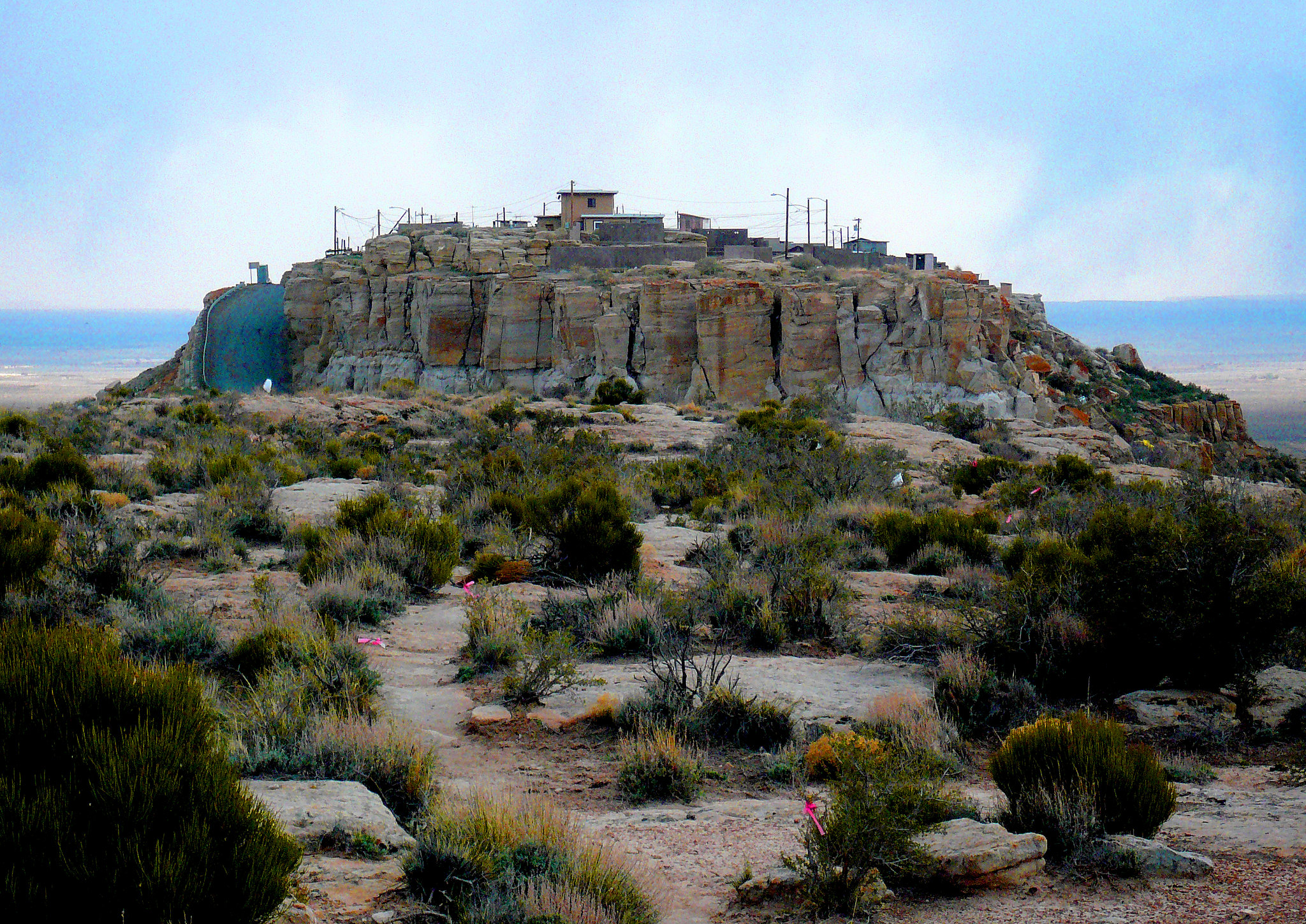Meet The Mysterious Hopi Tribe
The Hopi are one of world’s oldest living cultures. They migrated to Arizona in the 12th century, and now live on three majestic mesas in the northeast of the state.
Known for their deep spiritual connection to the land and unique traditions, the Hopi have upheld their ancestral ways through generations—usually, by sharing little with outsiders.
Now, we have a rare chance to learn more about this elusive tribe.
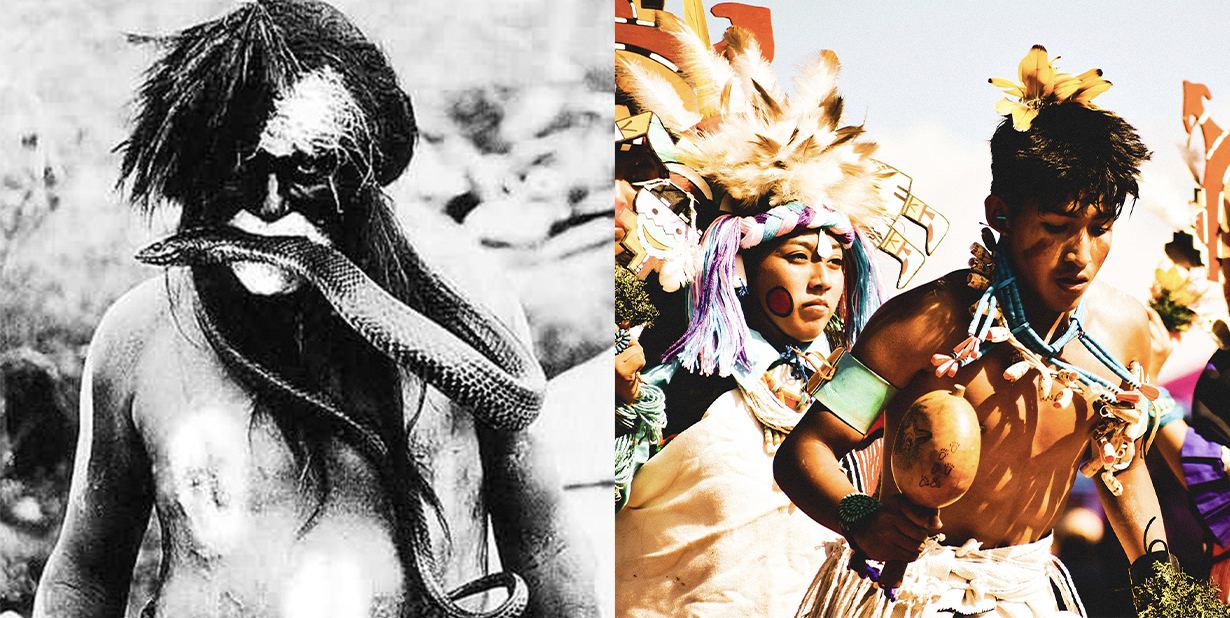
Their Homeland
The Hopi Reservation is on their ancestral lands, called Hopitutskwa. Their villages are situated atop three mesas in the northeast of Arizona, about 70 miles from Flagstaff.
The reservation comprises about 2,531 square miles and is home to about 6,377 Hopi people.
Their Way Of Life
The word “Hopi” is more than the name of the tribe; it’s also a way of life. To be “Hopi” is to be " one who is mannered, civilized, peaceable, polite”.
Their Way Of Life (cont’d)
“Being Hopi” involves acting with a reverence for all things and people, and a desire to live in peace with the rest of the world.
To that end, Hopi spiritual ceremonies are intended to benefit not only their community, but the whole world. AZ Central
AZ Central
Following Their Mother’s Line
Hopi society is split into matrilineal clans, and when they get married, the man becomes part of the woman’s clan.
Women also have a lot economic power in the clan, with daughters being the ones to inherit land and houses.
 Wellcome Images, CC BY 4.0, Wikimedia Commons
Wellcome Images, CC BY 4.0, Wikimedia Commons
Hopi Names
Hopi children are named after one of the women in their father’s clan.
When the child is 20 days old, each of their paternal female relatives brings a gift and a name for the child. The parents then choose from the list of names.
 National Parks Service, Picryl
National Parks Service, Picryl
The Clans
There are 34 different Hopi clans, each with their own special traditions and origins stories.
Though they are made up of several different lineages, Hopi consider everyone in the clan to be family. Because of this, they cannot marry someone from their own clan.
The Mesas
The Hopi lives on three mesas, each with several different villages. First Mesa is the oldest of the three and has been home to the Hopi since 900 CE.
Walpi is the oldest village on the mesa and is still without modern comforts of running water or electricity. About half a dozen people live as their ancestors did, in the ancient stone dwellings.
 Ansel Adams, Wikimedia Commons
Ansel Adams, Wikimedia Commons
First Mesa
The other two villages on First Mesa—Sichomovi and Tewa—were established after the Hopi revolted against the Spanish in 1680.
Today, all three villages are governed by one chief, called a Kikmongwi, who is assisted by religious leaders from each village.
Second Mesa and Third Mesa
Second and Third Mesa are where most curious visitors go. There, you can find a gallery to learn more about the area, as well as places to eat and rest.
Second and Third Mesas are also where you’ll find traditional Hopi clothing and textiles, colorful yucca baskets, and katsina dolls.
Katsina Dolls
Traditionally, katsina dolls were made of cottonwood root and portrayed elemental spirits called katsinas.
Nowadays, many katsina dolls are created to be artwork or memorabilia for tourists and other members of the public.
The Katsinas
Katsinas are the spirits that are found in all things and are the link between the Hopi and the supernatural world.
It is believed that they visit the Hopi to help them with everyday tasks.
The Katsinas (cont’d)
Katsinas are not worshipped, but they are venerated for their powers to help people.
For example, some katsina can be called on to help bring rain or healthy crops, while others offer healing or protection.
The Katsinas (cont’d)
The Hopi believe that the katsinas reside within the San Francisco Peaks near Flagstaff.
During the first half of the year, the katsina may visit the Hopi villages. Many of the Hopi’s religious ceremonies are centered on the katsinas.
 Library of Congress, Wikimedia Commons
Library of Congress, Wikimedia Commons
Katsina Ceremonies
The first katsina ceremony, called Powamu, takes place in February and is associated with planting beans and the growing season.
The last katsina ceremony, called Niman, takes place in July and signifies the harvest. After Niman, the katsinas return to the San Fransico peaks.
Hopi Spiritual Beliefs
The Hopi have many different traditions, oral histories, and religious beliefs across the three mesas.
They’ve also adopted many Christian traditions into their cosmology, which makes it hard to define a set of beliefs that are followed by all Hopi.
However, there are still some figures that show up in most Hopi beliefs, no matter how diverse.
 Grand Canyon National Park, CC BY 2.0, Wikimedia Commons
Grand Canyon National Park, CC BY 2.0, Wikimedia Commons
Hopi Origin Stories
In many Hopi creation stories, the Hopi were tasked with caring for the land by Masauwu, the Spirit of Death and Earth God.
He is also the Master of the Fourth World and helped the Hopi settle at Oraibi. In some myths, he wears a gruesome mask, while others portray him as a handsome man.
 Grand Canyon National Park, CC BY 2.0, Wikimedia Commons
Grand Canyon National Park, CC BY 2.0, Wikimedia Commons
The Creator God
Tawa, the sun spirit, is the creator god in most Hopi creation stories.
The Hopi believe there are four worlds, and each was created by Tawa. The First World was made up of insect-like creatures who lived in caves.
Tawa wanted to improve their lives, so he sent Spider Grandmother to lead them to the Second World.
 Pierce, C.C. (Charles C.), Wikimedia Commons
Pierce, C.C. (Charles C.), Wikimedia Commons
The Second World
Once the creatures made it to the Second World, they turned into bears and wolves. They still didn’t seem happy, so Tawa sent Spider Grandmother to bring them to the Third World.
By the time the reached the Third World, they were people.
 Grand Canyon National Park, Wikimedia Commons
Grand Canyon National Park, Wikimedia Commons
The Third World
For a time, life in the Third World was good. Spider Grandmother taught the humans how to weave and make pottery, and a hummingbird showed them how to make fire.
But eventually, evil began to spread through the world, so Tawa created a fourth and final world.
The Fourth World
There are two different stories about how humans got to the Fourth World, the one we call Earth.
In the first version, Spider Grandmother lead “the people with good hearts” to a hallow reed that was growing at the opening of the Third and Fourth World.
Many Hopi believe that the Grand Canyon was this opening.
The Fourth World (cont’d)
The second version of the story is more common in the village of Oraibi. In this story, Tawa sends a massive flood to destroy the Third World.
Spider Grandmother put the kind-hearted people in boats made of hollow reeds, and the eventually used the reed to sail to the coasts of the Fourth World.
 Pierce, C.C. (Charles C.), Wikimedia Commons
Pierce, C.C. (Charles C.), Wikimedia Commons
A New Way Of Life
In the Fourth World, the god Masauwu taught the people how to live properly.
He also told the Hopi that the land is sacred, which is why taking care of the environment is so important to the Hopi worldview today.
 Pierce, C.C. Wikimedia Commons
Pierce, C.C. Wikimedia Commons
The Kiva
The four worlds in Hopi mythology resembled structures called kivas. A kiva is a large circular room underground.
Many kivas were used for spiritual ceremonies, but archaeological evidence also suggests that some may have been used as dwellings.
The Snake Dance
The “Snake Dance” is a Hopi katsina ceremony that has drawn the attention of tourists.
The ceremony is held every August, hosted by the towns of Walpi or Mishongnovi in odd-numbered years and Oraibi in even-numbered years.
 George Wharton James, Wikimedia Commons
George Wharton James, Wikimedia Commons
Preparing For The Dance
Before performing the Snake Dance, Hopi dancers gather snakes from each of the four directions and then clean the snakes with yucca root suds.
Spiritually, this makes the animals clean enough to carry the peoples’ prayers for rain to the ancestors in the underworld.
Practically, it makes them clean enough to be held in the dancers’ mouths.
 Internet Archive Book Images, Wikimedia Commons
Internet Archive Book Images, Wikimedia Commons
The Dance
During the dance, men from the Snake Clan perform with the snakes, wrapping them around their necks and putting them in their mouths.
At the end of the dance, the snakes are released back in the four directions they came from, with the hopes that they will find rain.
 James, George Wharton, Wikimedia Commons
James, George Wharton, Wikimedia Commons
Lots Of Snakes
Up to 100 snakes are used during the ceremony.
Garter snakes, bull snakes, and even poisonous rattlesnakes are just a few of the types of snakes that are handled during the dance.
 George Wharton James, Wikimedia Commons
George Wharton James, Wikimedia Commons
Part Of The Whole
The Snake Dance is only a small part of the Snake-Antelope Ceremony, named for the clans who run the ceremony.
While the dance is performed in public, the rest of the ceremony is carried out privately, in a sacred kiva.
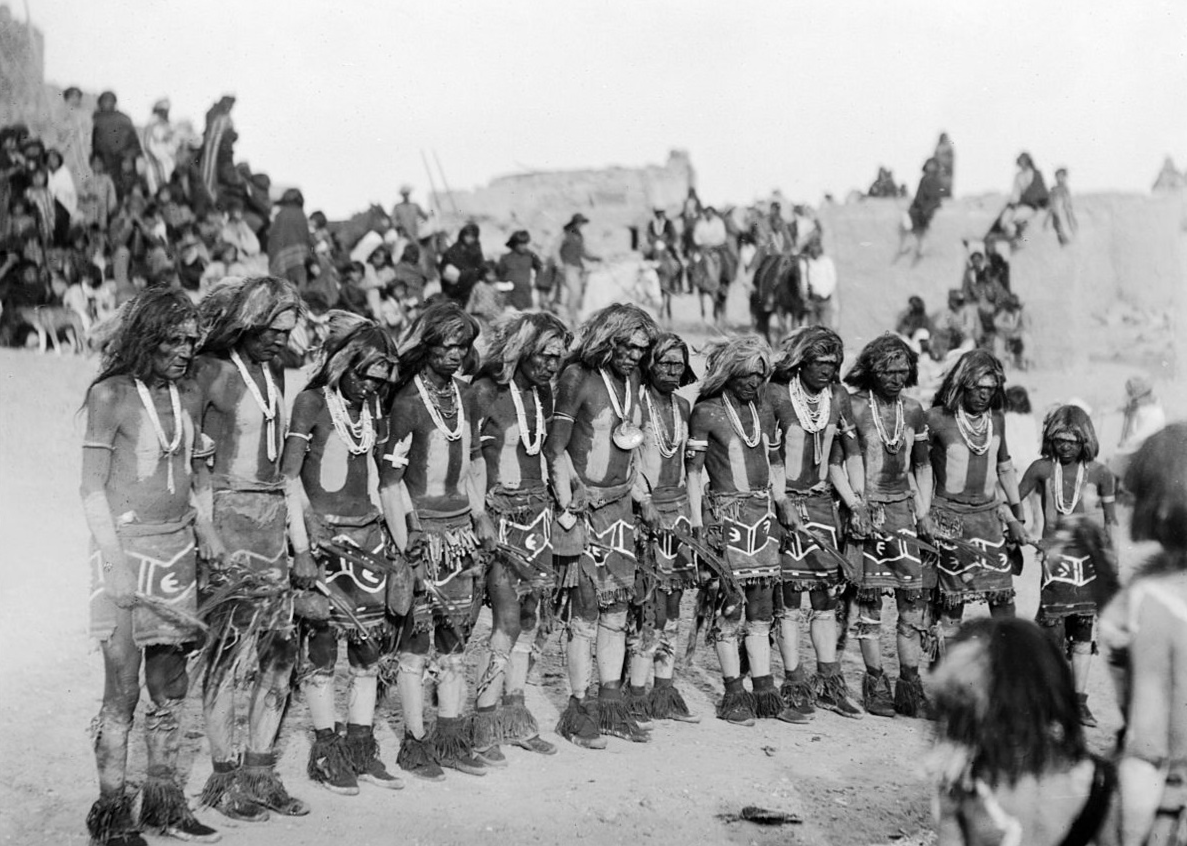 George Wharton James, Wikimedia Commons
George Wharton James, Wikimedia Commons
What Do They Eat?
Traditionally, the Hopi have lived as subsistence farmers. Maize was their staple crop, but they also grew many other fruits and vegetables, like beans, squash, and melons.
Men’s Responsibilities
Traditionally, men performed much of the farming and construction in Hopi communities.
They also performed most of the ceremonies and helped make things like woven blankets and moccasins.
Women’s Responsibilities
Women took care of the home, which involved raising children and looking after the elderly. They were also responsible for gardening, making pottery, and weaving baskets.
 Unknown Author, Wikimedia Commons
Unknown Author, Wikimedia Commons
The Hopi Economy
Nowadays, many Hopi have jobs outside the Hopi Reserve. The Hopi economy is also supported by making and selling Hopi art, like katsina dolls, ceramics, and jewelry.
First Encounters
The Hopi’s first encounters with Europeans occurred in 1540. A conquistador named Francisco Vásquez de Coronado were warmly met by Hopi and Zuni people in the ancient Hopi village of Awatovi.
There are a few other recorded encounters between conquistadors and Hopi, and for a time, visits from the Spaniards were infrequent and uneventful.
 George Wharton James, Wikimedia Commons
George Wharton James, Wikimedia Commons
A New Religion
Things changed once the Spanish had successfully colonized the area around the Rio Grande. In 1629, 30 Catholic friars of the Franciscan order arrived in the Hopi territory, along with dozens of missionaries.
They built a church in the village of Awatovi, marking the beginning of a time of suffering rather than salvation for the Hopi people.
 Work of a Federal Government Employee, Wikimedia Commons
Work of a Federal Government Employee, Wikimedia Commons
Harsh Times
Most of the Hopi refused to convert so the Spanish punished them for practicing their spiritual ceremonies. They also enslaved many Hopi, putting many to do forced labor and requiring farmers to hand over all their harvests.
Abuse was also rampant, leading other Pueblo to plan a revolt. The Hopi supported that plan.
 Unknown Author, Wikimedia Commons
Unknown Author, Wikimedia Commons
The Pueblo Revolt
In 1680, the Hopi joined with other tribes of Pueblo peoples to drive out the Spanish colonists.
They burned Awatovi, pulling churches and mission buildings down stone by stone. In the end, all the Spanish soldiers, priests, and missionaries were put to the sword.
It would be twenty years before the Spanish fully subdued the tribes near the Rio Grande.
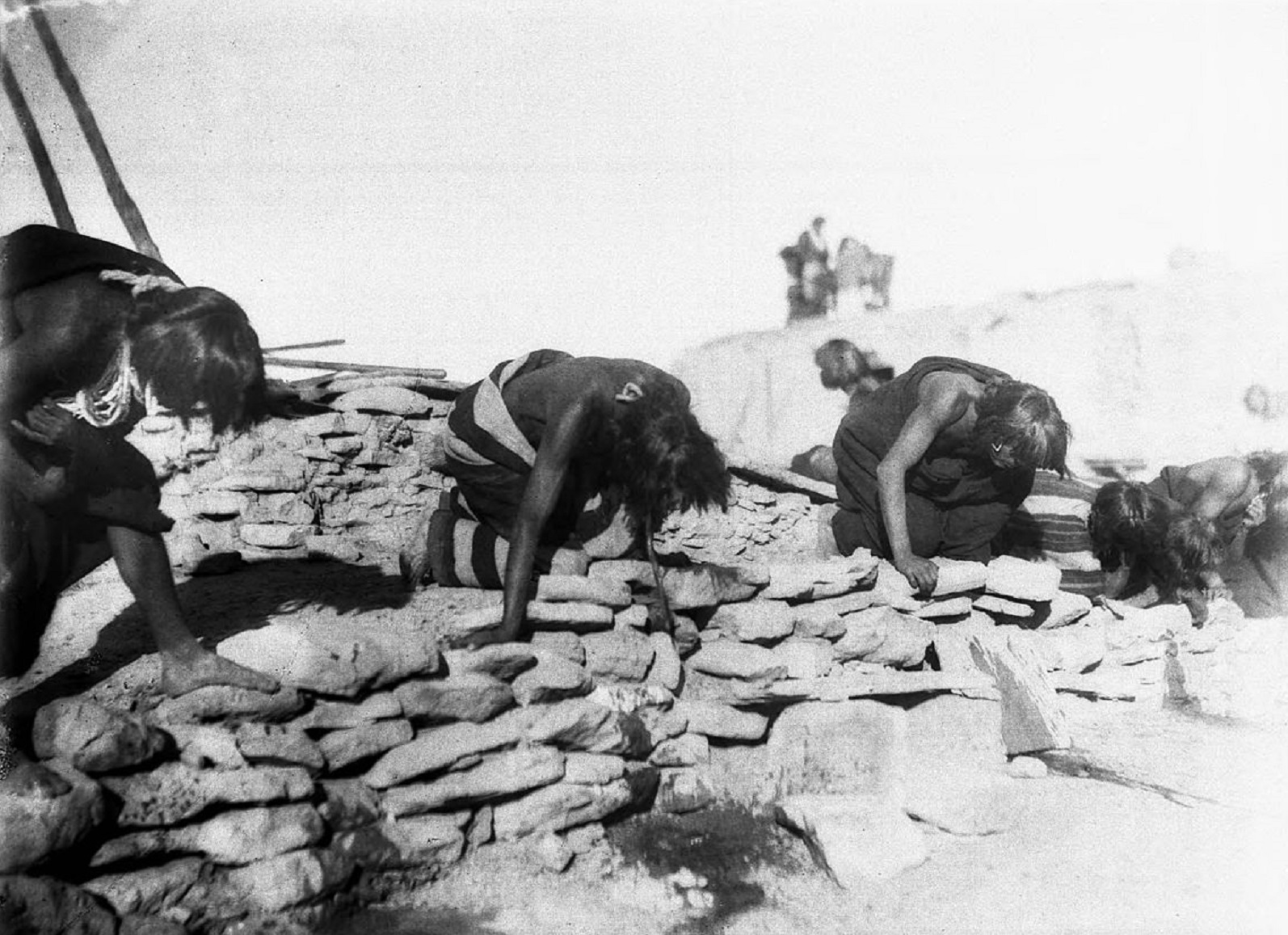 George Wharton James, Wikimedia Commons
George Wharton James, Wikimedia Commons
Hopi Sovereignty
The Hopi are a sovereign nation with the United States, with the Hopi Reservation acting autonomously of the Federal government and beholden to the tribe’s constitution and laws.
The reservation is governed by the Hopi Tribal Council.
The Tribal Council
The tribal council is made up of elected officials from the different Hopi villages. The council is led by a Chairman and Vice Chairman and has 22 other legislative members from the six largest Hopi villages.
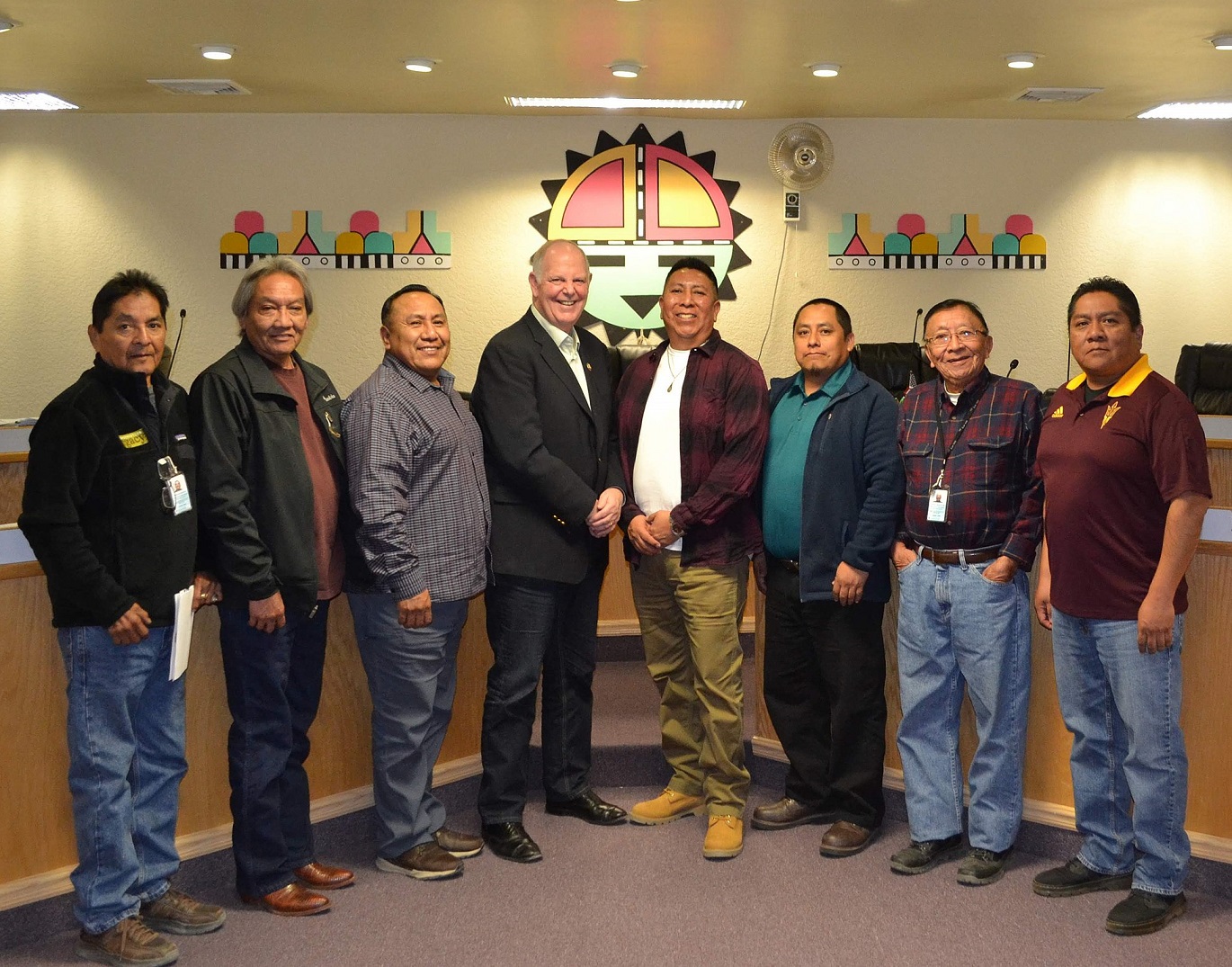 United States House of Representatives - Office of Don Young, Wikimedia Commons
United States House of Representatives - Office of Don Young, Wikimedia Commons
Remembering The Old Ways
Though they are all beholden to the Tribal Council, the system of leadership within individual Hopi villages may vary, and some villages follow traditional systems of governance that date back 1,000 years.
The details on these ways of ruling are still kept secret from outsiders.
 Terry Eiler, Wikimedia Commons
Terry Eiler, Wikimedia Commons
Final Thoughts
The Hopi tribe stands as a testament to the enduring spirit of Indigenous cultures in America. Throughout the centuries, they kept their rich traditions, deep spirituality, and unwavering connection to the land.
They have also maintained their sovereignty, which has led to an incredible living legacy that should be honored and preserved for generations to come.












